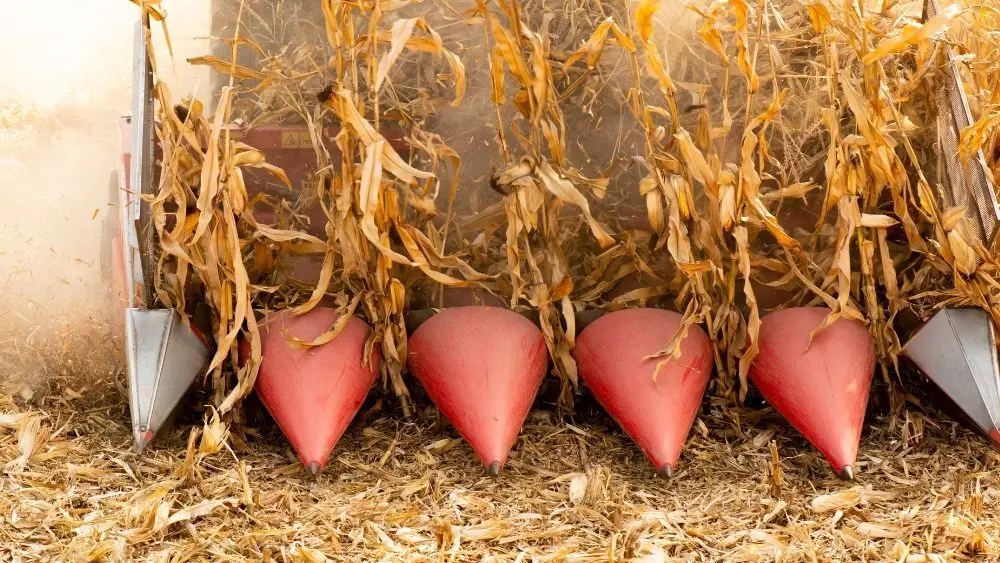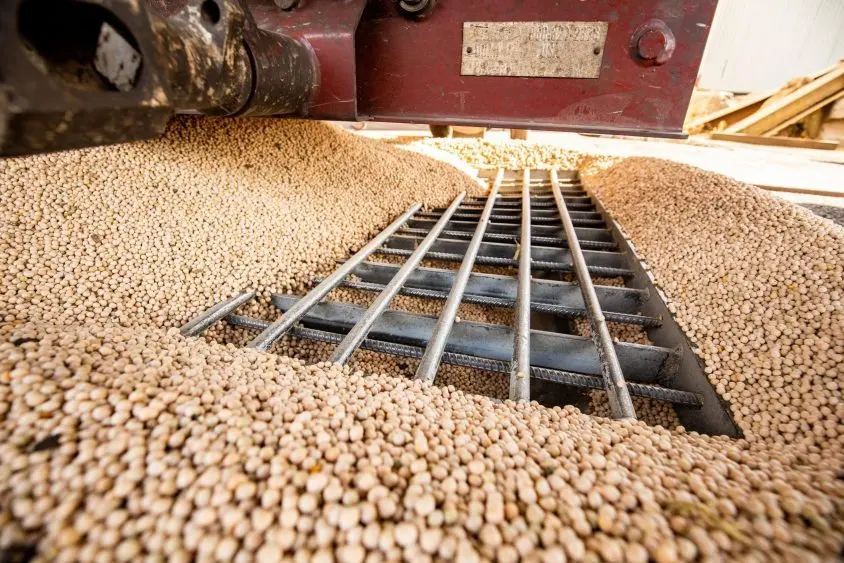
ARDEN HILLS, MINN. – Corn and soybean crops are in the ground and now must deal with a host of threats, including disease pressure. For many growers, it’s not a question of if disease will show up in their fields but when, and how high the pressure will be. Now is the time for growers to think strategically about planning fungicide applications. Darrin Holder, Market Development Agronomy Lead with WinField United, shares how growers can maximize yield potential this season by making fungicide applications work harder for them.
1. Use the right products.
Every crop has a different fungicide response. In corn, a great tool to evaluate fungicide efficacy is a hybrid’s response-to fungicide (RTF) score. The higher the RTF score, the more likely a hybrid is to respond to a fungicide application. Investing in a premium product will likely pay off for medium- to high-rated acres. In soybeans, disease tolerance is an important factor, so disease-prone varieties may see greater control and optimized yield potential from a premium product.
2. Monitor disease prevalence and type.
Not all products will work on all diseases. Anticipating diseases common to your geography can help you select the right fungicide. Some disease pressures predicted to impact growers in the Corn Belt this year are tar spot, Goss’s wilt and soybean cyst nematode (SCN). Work with your local agronomist to determine the best products to protect yourself from these pressures and other diseases specific to your area.
Weather is another important consideration. Yield potential changes with major weather patterns, and fungicides can have an impact in wet and dry conditions. Wet conditions can bring on greater disease prevalence, warranting a fungicide application for disease control. Dry conditions can lead to plant stress—the strobilurin component of fungicides can provide stress mitigation and physiological benefits in this condition.
3. Apply fungicides at the right time.
The most common time to apply a fungicide on corn is around VT or tassel. The corn plant at this point has about 55-60 days before the grain matures, so applying a fungicide then can protect the plant from disease to maximize grain fill. In some cases, a pre-tassel spray may benefits growers, like in fields with a history of high disease pressure. For soybeans, the optimal time to apply a fungicide is R3. However, this stage can last several weeks, so growers and retail agronomists may want to scout two to three weeks later to see if another application is necessary.
4. Maximize coverage for more yield.
Sufficient plant coverage is essential to maximize the efficacy of a fungicide product; the amount of water applied when spraying impacts coverage. With an aerial application where coverage is limited due to a smaller amount of water being used, a product like MasterLock® adjuvant can help keep a small, valuable solution volume on target. Data shows an average yield increase of 5.7 bushels per acre1 in corn when MasterLock is added to the spray tank, compared to using a fungicide alone.
5. Add a nutrient boost to your fungicide pass.
Growers can maximize their trips across the field to make a fungicide pass by adding micronutrients to the tank for an extra plant health boost. Taking a tissue test three to five days before spraying can help determine what to apply. Growers might consider a product like MAX-IN® Ultra ZMB® Plus micronutrient, which provides a blend of three critical nutrients that are often deficient in corn and soybeans: zinc, manganese and boron.
For more information on fungicide strategies, contact your local WinField United affiliated retailer, or visit winfieldunited.com.
About WinField United
WinField United is the seed, crop protection products, agricultural services and agronomic insights business of Land O’Lakes, Inc. As an industry leader, the business focuses on meeting the needs of nearly 1,300 locally owned and operated cooperative and independent agricultural retailers and its grower-customers across the United States. Through data-backed, insight-driven agronomics, operational excellence and sustainable solutions delivered under the WinField United brand, the business helps retailers successfully meet farmers’ needs.
1 WinField United. 14 studies, eight states, all fungicides. 2012–2017.



